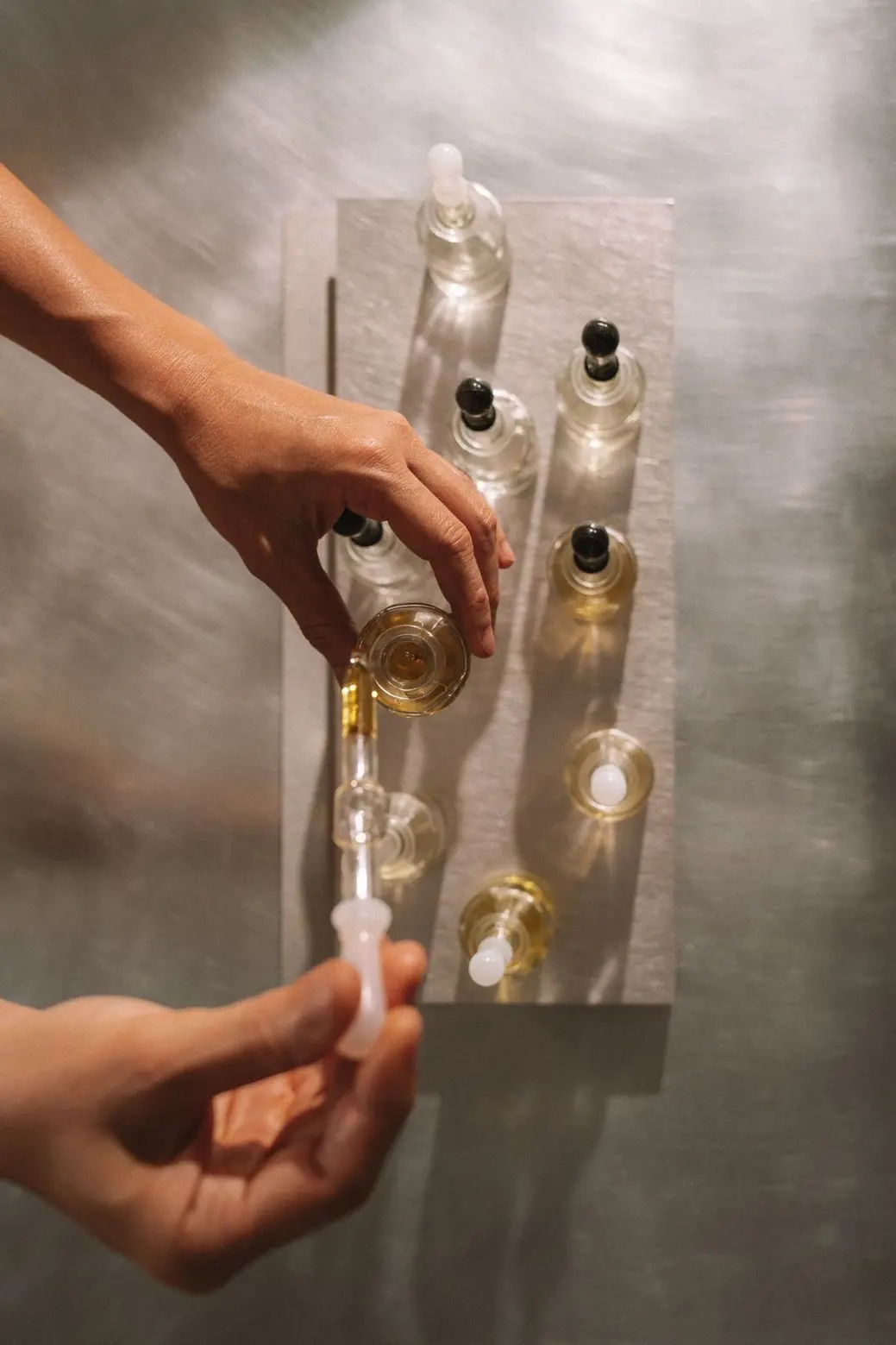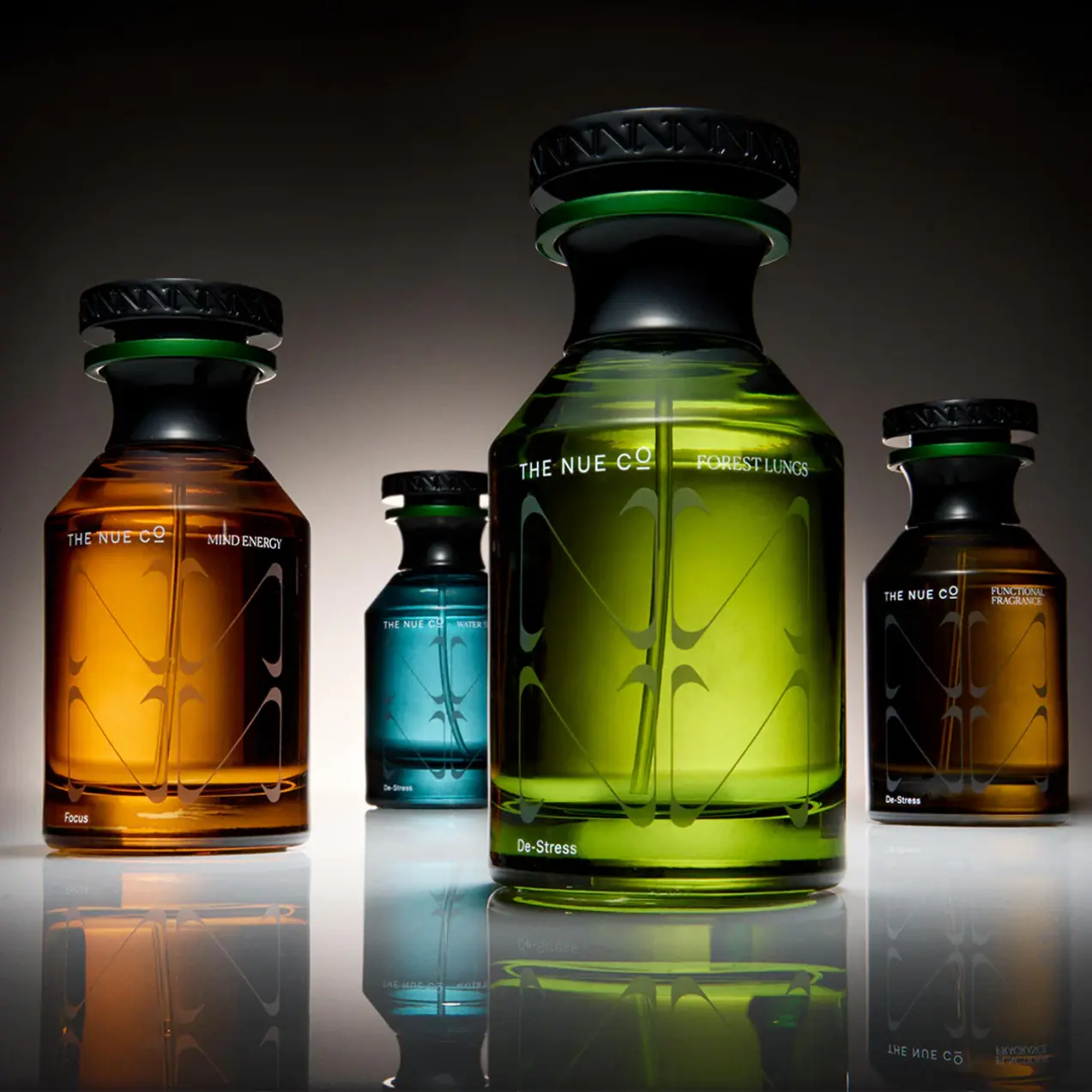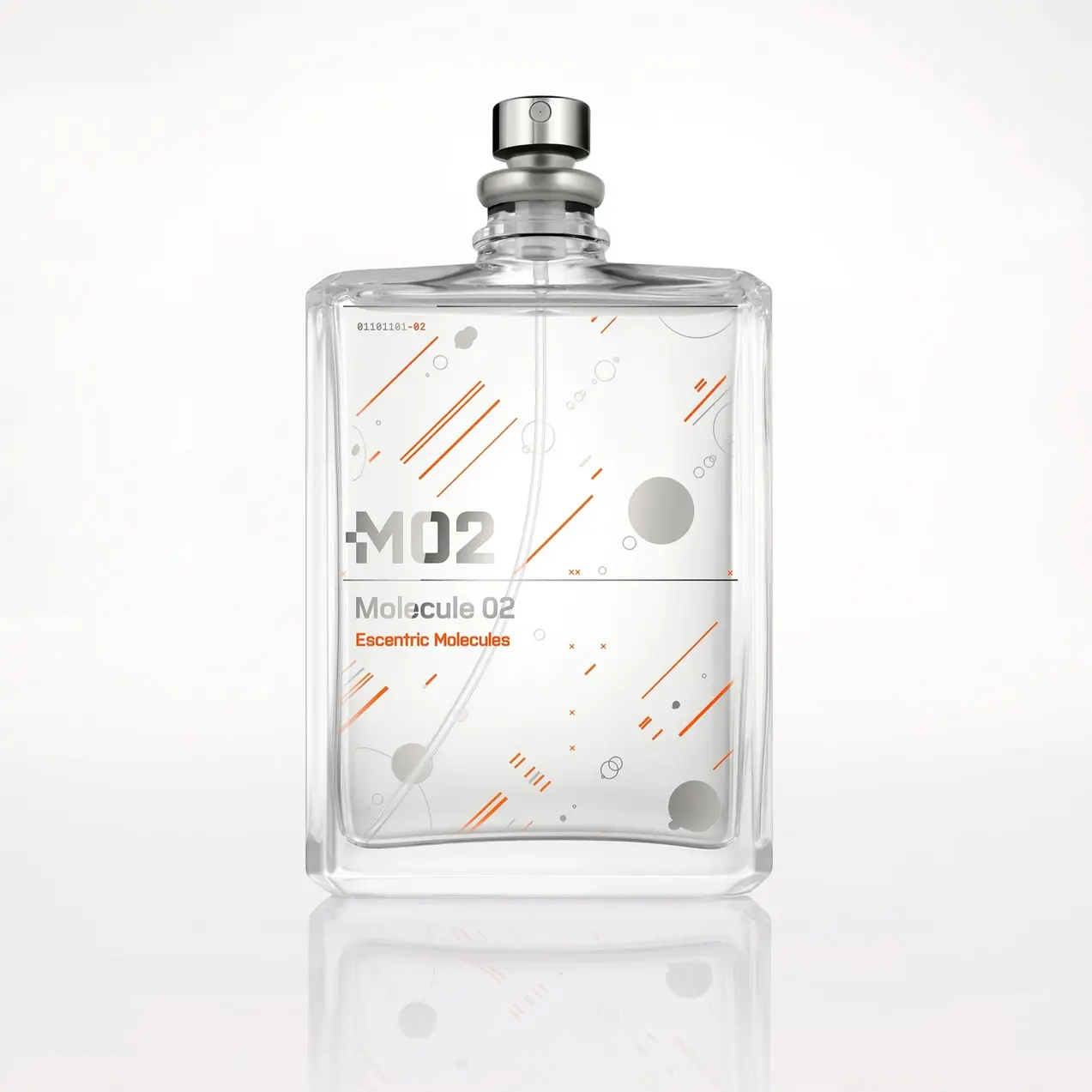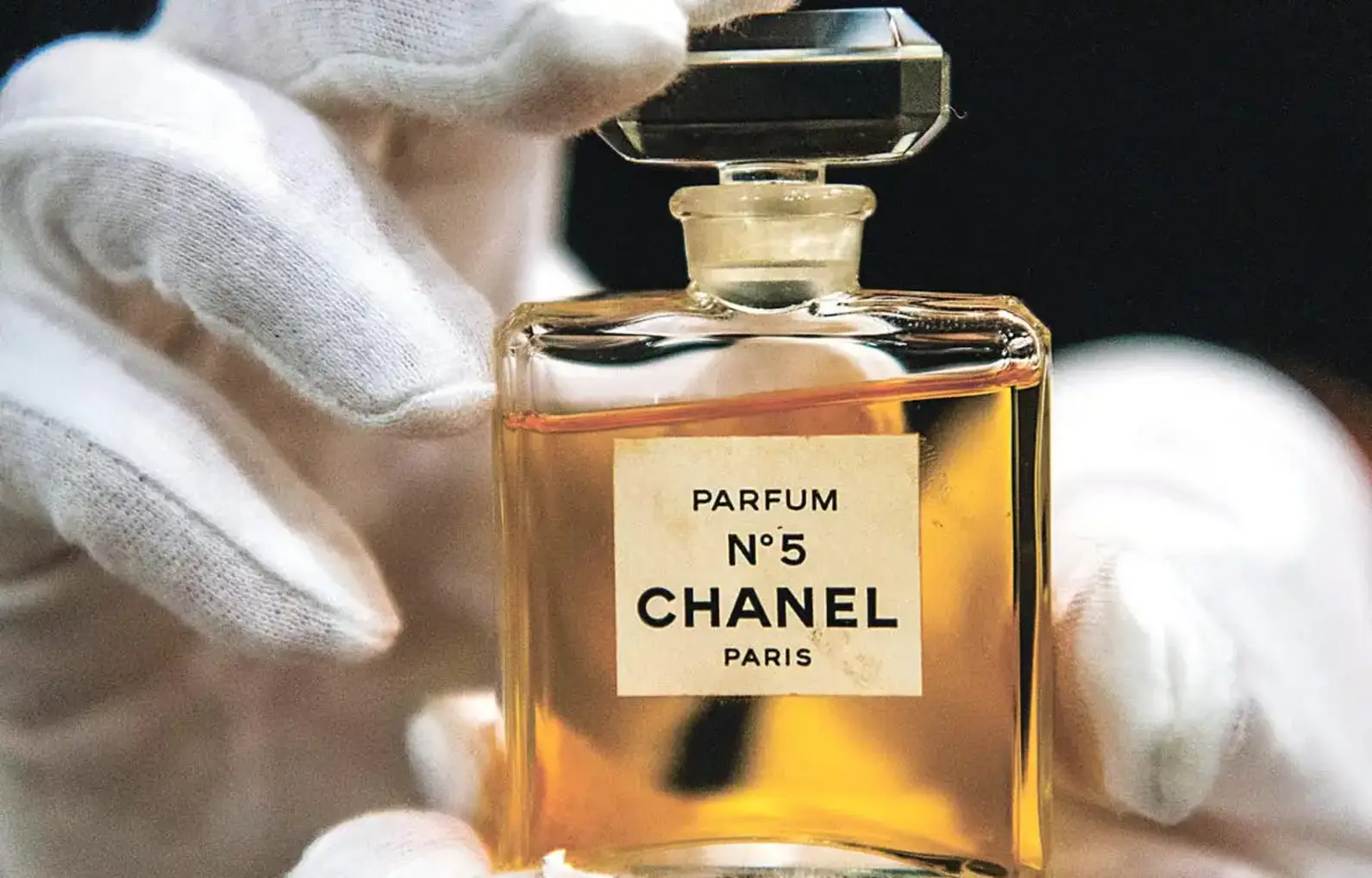Ever dreamt of a note that never was, or yearned to inhale the ghost of a long-extinct bloom? Forget romantic lavender fields, because the scent you desire most might not be extracted from a rare bloom, but conjured in a lab.

Ever dreamt of a note that never was, or yearned to inhale the ghost of a long-extinct bloom? Forget romantic lavender fields, because the scent you desire most might not be extracted from a rare bloom, but conjured in a lab.
October 2, 2025
Ever dreamt of a note that never was, or yearned to inhale the ghost of a long-extinct bloom? Forget romantic lavender fields, because the scent you desire most might not be extracted from a rare bloom, but conjured in a lab.
Unlike petrochemicals, often dismissed as "artificial chemicals" and previously given little attention by the industry, "bioengineered" is no longer a clandestine descriptor scientists hide in ingredient lists. On the contrary, many emerging brands proudly champion it as a declaration that their scents are not only beautiful but also cleaner, more sustainable, and better for the world. We are witnessing a paradigm shift in how brands "position" themselves and assert their identity in this fiercely competitive market.
This is why The Nue Co. unhesitatingly labels its acclaimed Functional Fragrance as "science meets scent," transforming it into a unique selling proposition that captivates consumers. Similarly, Escentric Molecules has long been renowned for its single aroma molecules - largely biosynthesized - and continues to be highly sought after by discerning fragrance aficionados, proving that an artificial origin is no longer a barrier. Even Air Company, a startup creating fragrances from recycled carbon, is being hailed as the "Tesla of perfumery," demonstrating the immense potential of brand positioning through groundbreaking technology.


Long before lab-grown vanilla or fermented musk, there was a different kind of mad scientist moment: the birth of Chanel No. 5. Released in 1921, it threw traditional perfumery out the window by embracing synthetic aldehydes - molecules that created an abstract, sparkling scent profile in an era still intoxicated by fields of jasmine and rose. The result? Rather than smell like a garden, No.5 embodied an idea - a radical, modern feminity that echoed Coco Chanel's famous decree "smell like a woman, not a flower". Prestige, once synonymous with exclusivity or craftmanship, is now being redefined by the intelligence and responsibility behind how a fragrance is made.

A century later, there is a similar shift but the cutting edge isn't aldehydes, but bioengineered bacteria and a new set of ethical expectation. This movement is not merely a technological update; it is reshaping the very hierarchy of value. Today, prestige is no longer secured by price tags or heritage, but by a brand’s scientific edge and the cultural attitudes it embodies. While traditional fashion houses continue to weave romantic tales of lavender fields or hand-harvested Balkan resins, new-age brands proudly tout genetically modified E. coli bacteria engineered to produce natural vanilla - offering a clean, efficient alternative that bypasses seasonal waits and the whims of the land. This signals a shift in prestige: from rare flowers and French heritage to scientific innovation and environemental accountability.
Pushing the boundaries even further, some niche fragrance lines are even using "modified human body odor" through microbiology to create unique "human musk" scents. In this new landscape, the laboratory is no longer just a production facility; it is the very identity and guiding principle for a new generation of consumers. Many young people today are willing to bypass venerable names like Dior or Chanel, opting instead for a bottle from an obscure niche brand that pledges "lab-grown, vegan, and sustainable."
Despite sharing an "artificial" origin, bioengineered fragrances carry a fundamentally different connotation than petrochemical-derived chemicals, which can constitute up to 95% of ingredients in many traditional perfumes. While petrochemicals are often associated with environmental and health concerns, bio-aromas are championed as a "cleaner" and more sustainable solution. This not only offers a strong ethical value by creating molecules that do not harm nature or animals, but it also addresses the growing demand for transparency from a new generation of consumers.
It's crucial to acknowledge that while mass production in labs may reduce raw material costs for certain ingredients that are rare or hard to extract like ambergris, musk or sandalwood, it does not necessarily lead to lower fragrance prices - especially when R&D and brand positioning are factored in.
Take Dreamwood by DSM-Firmenich, a lab-grown sandalwood alternative, or Ambrofix by Givaudan, a substitute for ambergris, both biotech-born alternatives to traditionally expensive naturals. These biotech-born alternatives are finding their way into the luxury segment. For example, Ambrofix is used in fragrances like Guerlain Shalimar to create its iconic amber base, while sandalwood alternatives like Dreamwood can be found in woody compositions such as Diptyque Tempo. These bottles belong to the premium segment, demonstrating that bioengineered components can indeed exist in luxury products.
Why? Because behind every synthetic breakthrough lies a mountain of R&D cost. Even with breakthroughs like the scents of extinct flowers or novel molecules, Future Society - a brand leveraging biotechnology - prices its products at $98, on par with niche and luxury perfumes. This demonstrates that the price range for bioengineered fragrances can be quite high, matching or even exceeding many traditional perfumes. The reason lies in the enormous initial research and development (R&D) costs associated with biotechnology, with major corporations investing billions into this sector. These substantial investments contribute to the elevated final product prices, positioning them firmly within the luxury segment.
Consider Ambroxan, a prized ingredient once painstakingly hunted by fragrance enthusiasts, now ethically produced in laboratories as an effective biosynthesized alternative to natural ambergris. This promising new molecule moved talented perfumer Dora Baghriche, the nose behind beloved scents like Maison Margiela Replica Lazy Sunday Morning and Ariana Grande Cloud, to exclaim, "It's one of the most emotional ingredients I've ever worked with." You might wonder why a novel molecule could so profoundly affect a traditional perfumer. The answer lies in its ability to not only solve scarcity issues but also ensure ethical sourcing, free from environmental and animal harm. Who would have thought that microorganisms in a lab, like those used to produce alcohol in beer and wine, could be programmed by companies like Ambercycle to "feed" on sugar and "exhale" fragrance?
At its best, bioengineered perfumery is more than scent - it's a story of scientific innovation, sustainability, and its non-destructive approach to the environment and animal welfare. It empowers brands to meet increasingly stringent IFRA (International Fragrance Association) standards, such as eliminating photosensitive molecules in bergamot essential oil to preserve the classic scent of Shalimar while ensuring safety. All these factors elevate the value of perfumes, making consumers willing to pay for a product that is not only aromatic but also embodies a narrative of ethics and environmental commitment.
You'd be amazed to hear the story of resurrecting the scent of extinct flowers. Imagine constructing a fragrance from thin air or recreating an olfactory symphony from blossoms long vanished. Yet, Future Society has achieved this extraordinary feat by decoding the genetic sequences from preserved plant specimens at Harvard University. Biotechnology isn't just transforming how we produce fragrances; it's opening doors to limitless creative possibilities, enabling the creation of scents previously confined to imagination. To envision the surrounding ecosystem and the fragrance of flowers that disappeared centuries ago, perfumers haven't solely relied on science; they've also employed imagination to "time travel." This stands as a powerful testament to the extent to which biotechnology has expanded the boundaries of creativity.
While certain challenges remain, such as the complexity of jasmine with its approximately 1,600 chemical compounds making bio-design difficult, this is not an insurmountable obstacle - merely a matter of time. This illustrates the continuous expansion potential of biotechnology in creating novel fragrances that transcend natural limitations.
Bioengineered fragrance is more than just a solution to scarcity or sustainability; it is ushering in a new era for scent creation, redefining the very concepts of luxury and value in the modern perfume industry. When science and emotion intertwine, the beauty and value of perfume no longer solely reside in natural origins but also in boundless human creativity, supported by advanced technology. So, when perfume no longer originates from nature, will its worth still be defined as before? And if it's ethical, luxurious, and emotionaly moving, do people still need the "natural" label?